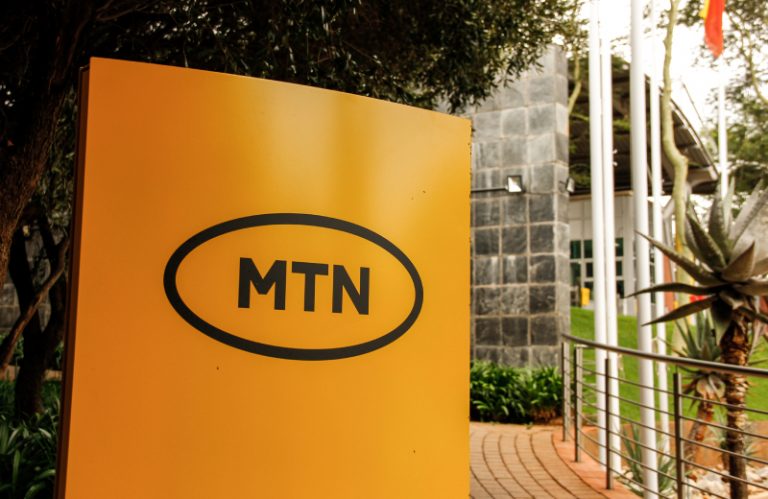MTN has successfully completed its first 5.5G network trial at its head office in South Africa, thanks to strategic cooperation with Huawei. On-site 5G standalone mode took advantage of millimetre wave and C-band spectrum resources, giving users an ultra-high-speed experience in the trial.
A new age in African telecoms is dawning as MTN, a pioneer in 5G development, uses the cutting-edge technology of 5.5G to speed up the continent’s transition to a tech-centric society. With 5.5G, MTN is not only expanding connectivity across South Africa but is also positioning the country’s digital economy for significant growth. The 5.5G technology will help connect the disconnected and improve the quality of life for citizens, providing a ten-gigabit experience that propels the digital economy forward.
Read also: MTN unveils Alola 4G smartphone in Zambia
Key features of 5.5G technology
Some features of a 5.5G network include L4-level autonomous driving networks, integrated communication perception, an all-scenario Internet of Things (IoT), a 10 Gbps experience, and green ICT. Compared to the present 5G technology, technical advancements in the 5.5G era will improve network performance and increase capacities by a factor of 10.
This translates to ten times as many IoT connections, headline connection rates of 10 Gbps, and ten times lower latency. Moreover, networks use a tenth of the energy they currently use on a “per terabyte” basis. Additionally, level-4 autonomous driving increases the efficiency of operations and maintenance (O&M) by a factor of 10. This new age will enable MTN to open new doors for customers and enterprises.
The technological backbone of the trial
MTN South Africa deployed Huawei’s SingleRAN ultra-wideband active-antenna units for the experiment, along with hybrid beam-forming architecture, inter-FR carrier aggregation technology, and flexible dynamic beam management. On-site 5G standalone mode used millimetre wave and C-band spectrum resources acquired under a trial licence.
MTN claims to have provided users with an ultra-high-speed experience of 8.6 Gb/s.
Read also: MTN Nigeria sees Q3 gains but faces N514.9B loss over nine-month period
Rami Farah, CTO of MTN South Africa, was quoted by Engineering News as saying, “The 10 Gb experience will expand new commercial services for consumers, households, and enterprises, accelerating the development of advanced use cases such as 24K extended reality, high-speed fixed wireless access, holographic conferencing, and enhanced 5G private networks, among others.”
The trial is the latest accomplishment in the collaboration of MTN and Huawei. In October, both companies completed the installation of the first commercial SDB IBT 2D microwave solution worldwide in Johannesburg. This ground-breaking solution deploys two-dimensional intelligent beam tracking (IBT 2D) and super dual-band (SDB) to ensure that pole shaking does not affect link stability and dual-band connections.
These strategic collaborations highlight the companies’ shared commitment to advancing telecommunications infrastructure in Africa, bringing next-generation connectivity to a continent that is rapidly embracing digital transformation.





Leave a Reply